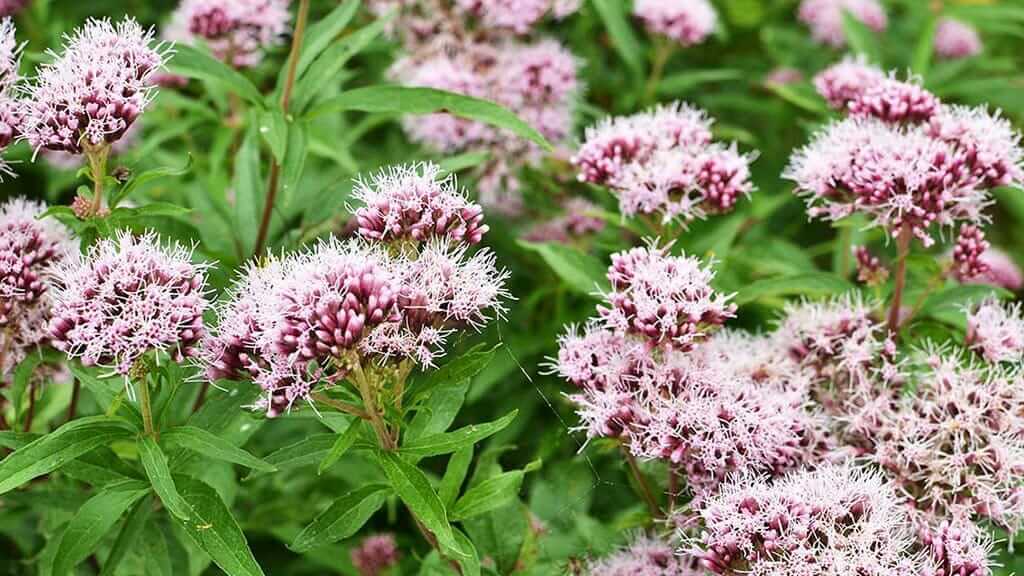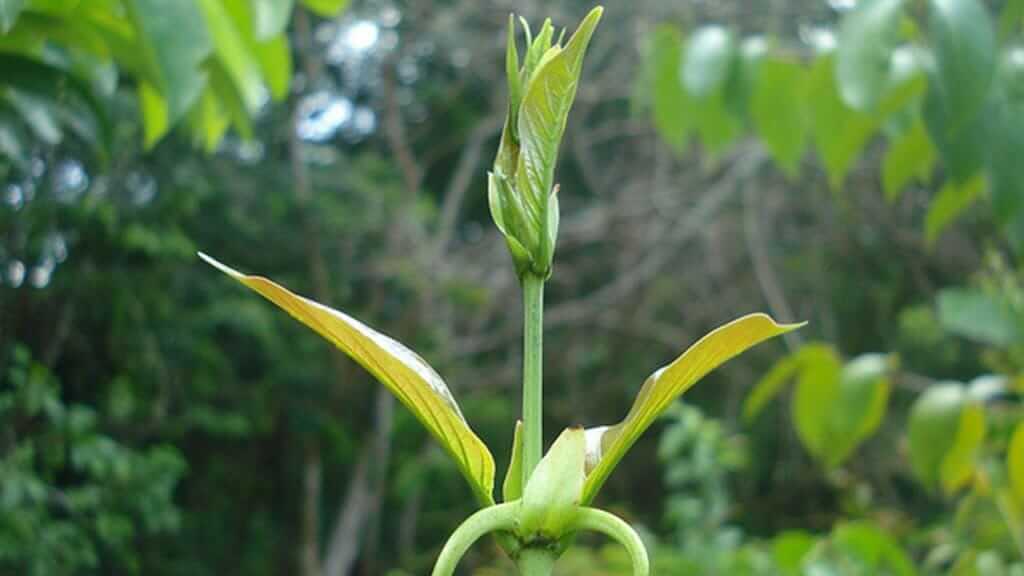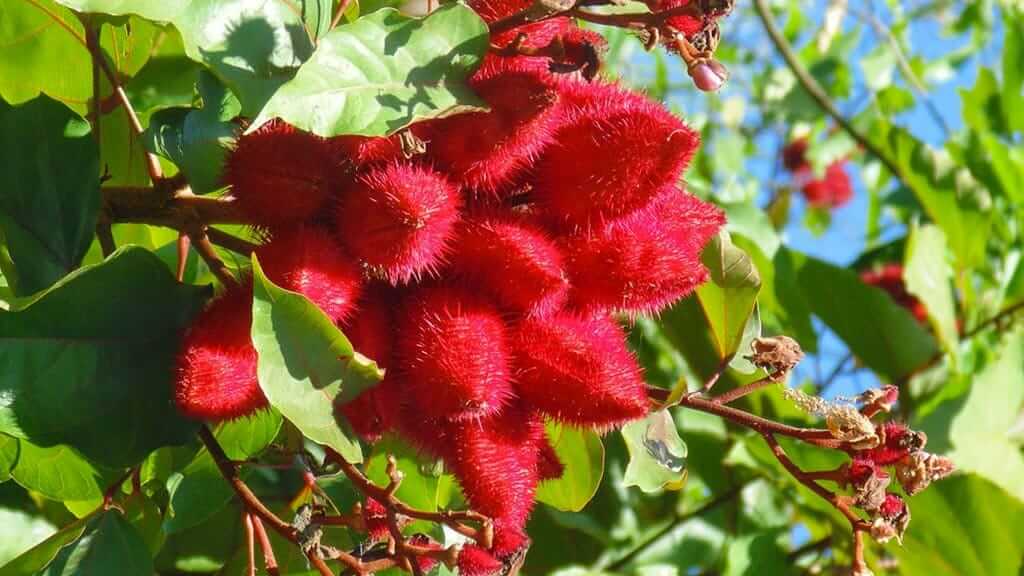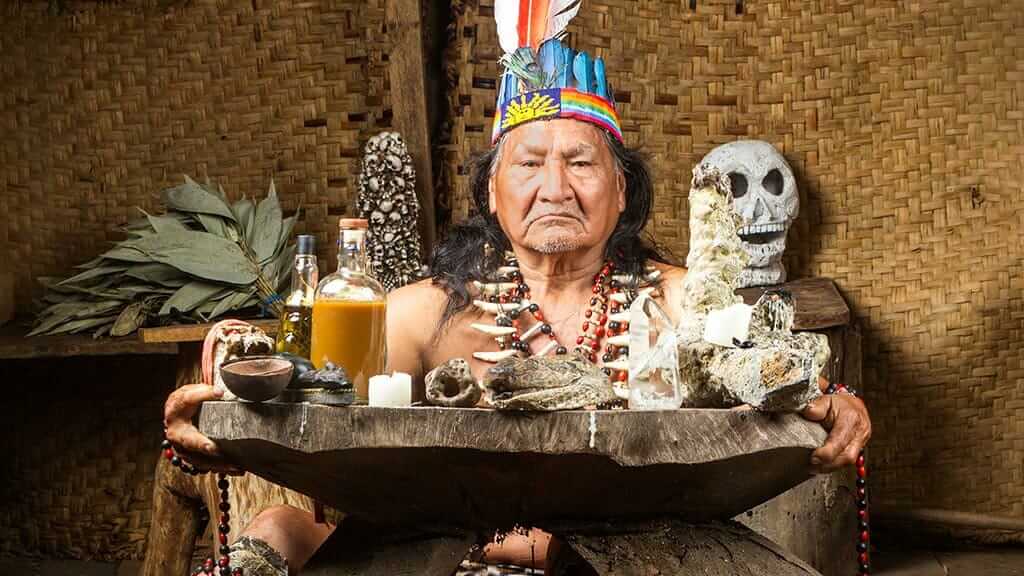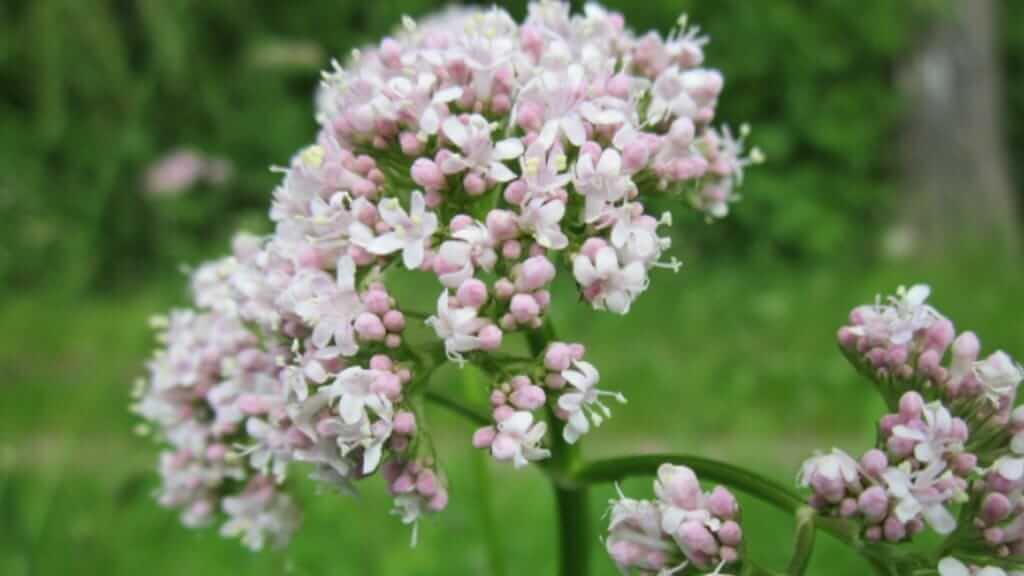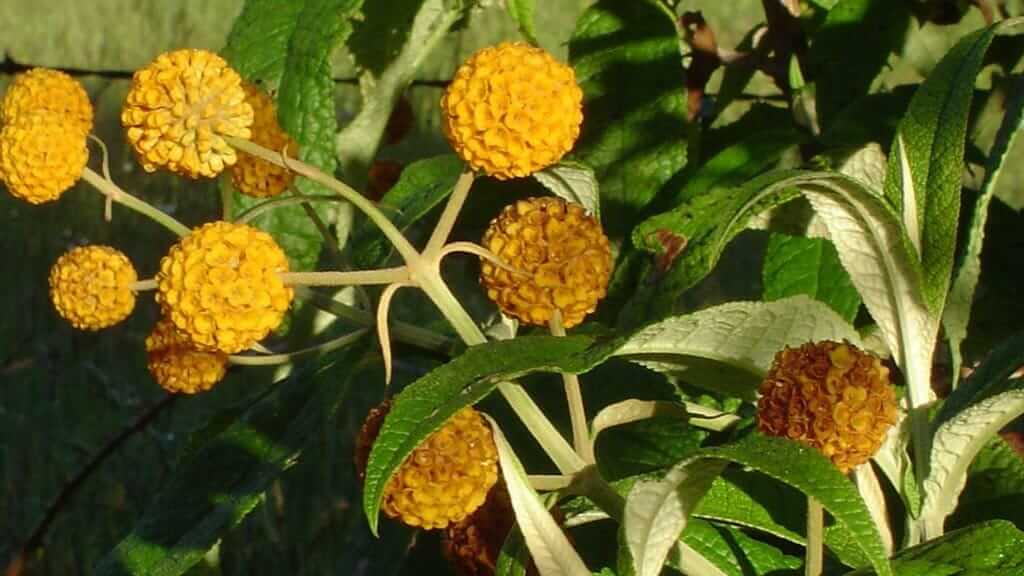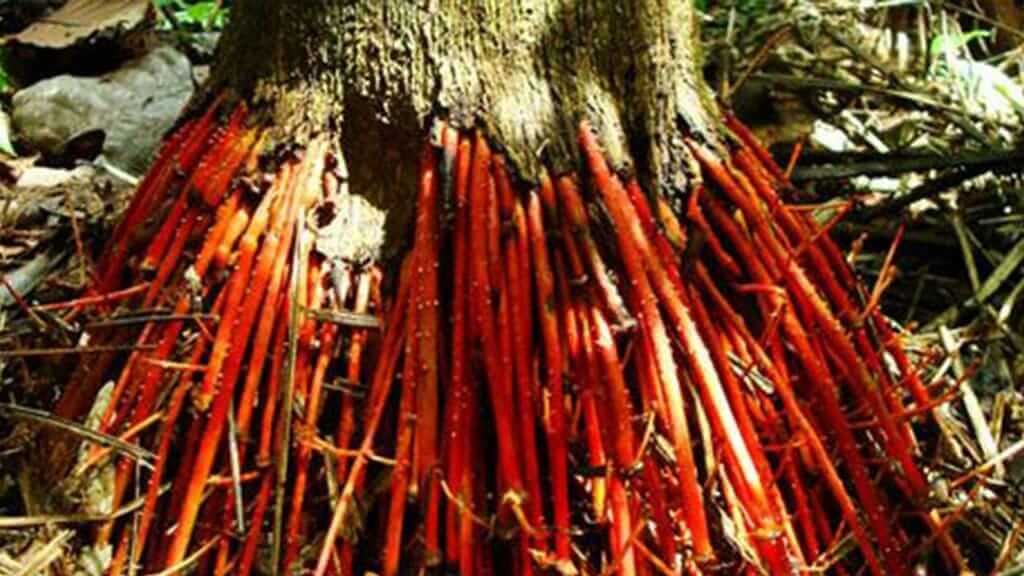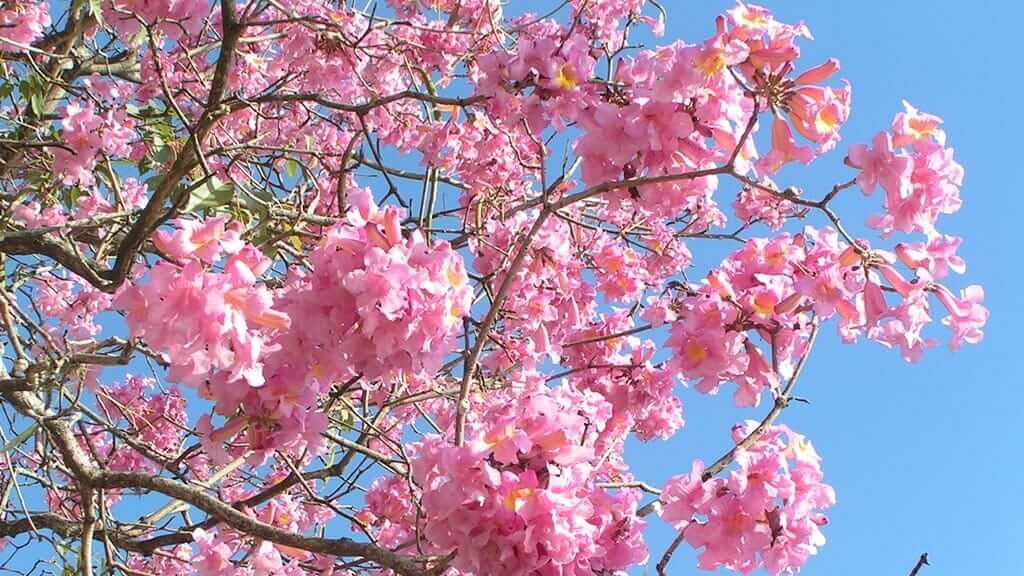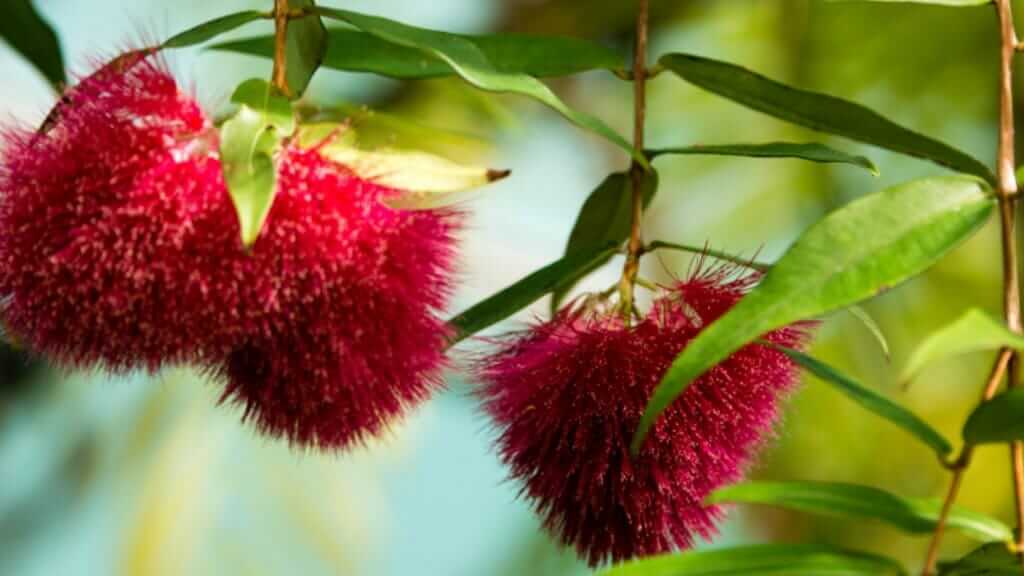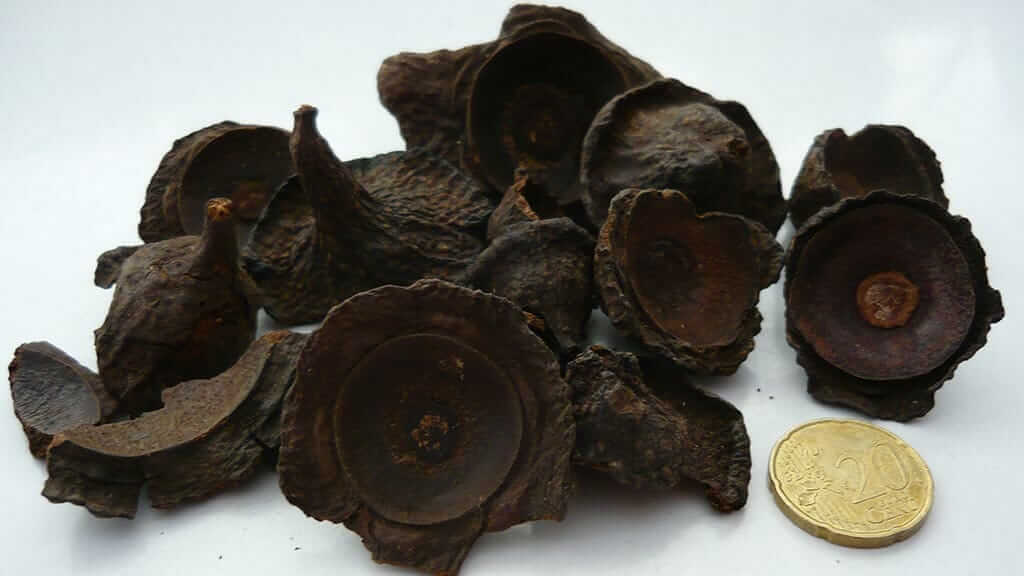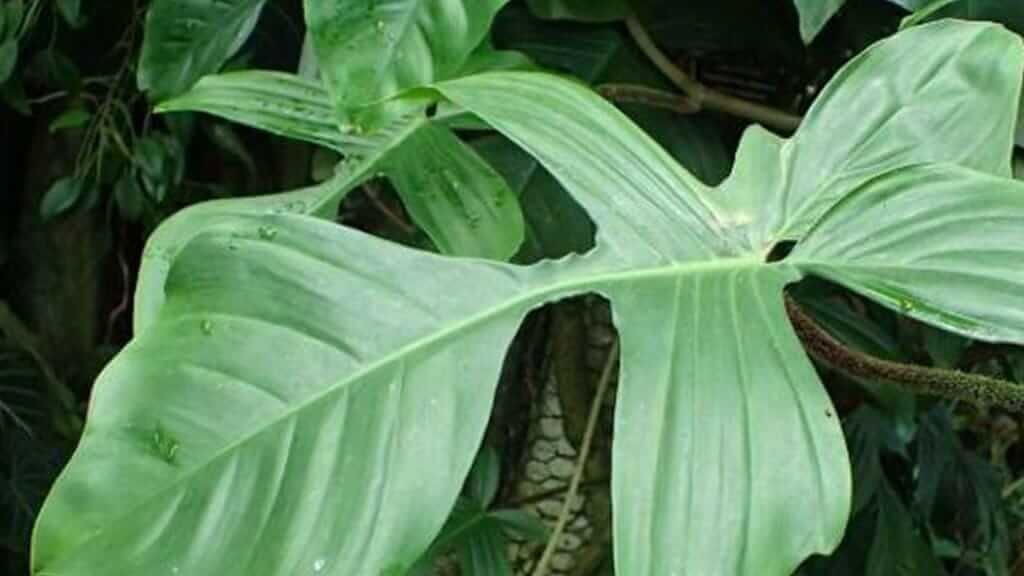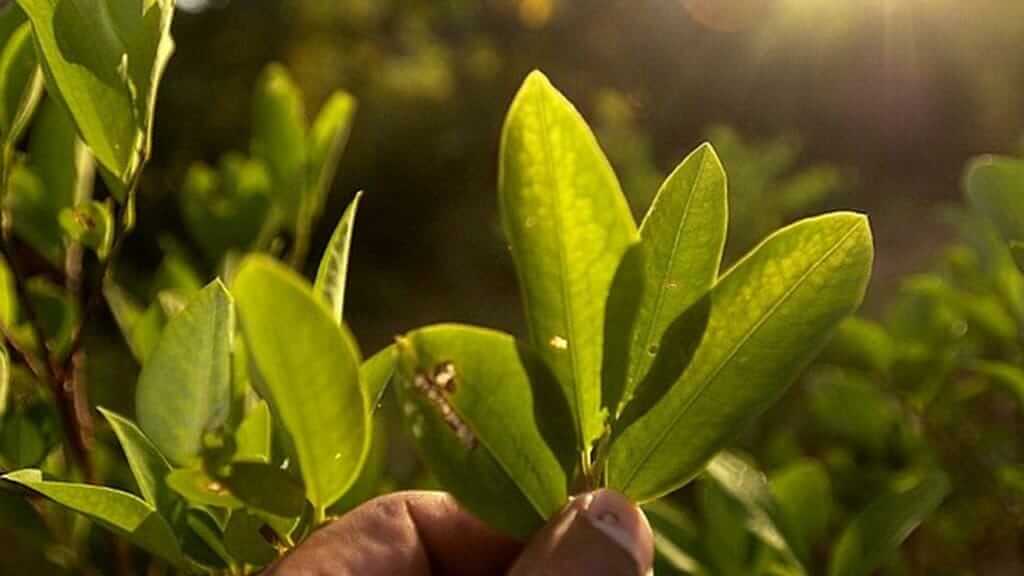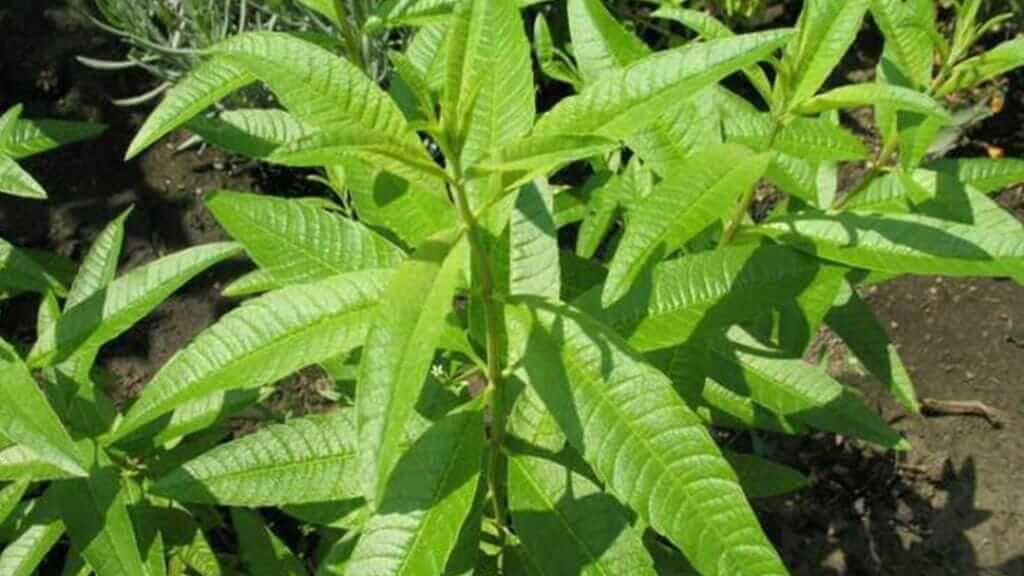Ecuador is home to over 500 different types of medicinal plants, and it’s estimated that 7 out of 10 Ecuadorians use them for health benefits. Herbal plants have always been an essential part of the lives of indigenous people in the Amazon Rainforest, but more and more they also play an important role in the day to day modern life of all Ecuadorians.
Keep reading for a brief history of the discovery and importance of medicinal plants in Ecuador. This includes some examples of our more popular herbal medicines, and information about how visitors can learn first-hand about traditional medicine in Ecuador.
SECURE YOUR ECUADOR TRAVEL
Get a FREE personalised quote todayA Brief History of Medicinal Plants in Ecuador
The Andean world view considers man as having a soul and a life force, and so do all the plants and animals. Plants are an essential part of the lives of indigenous people, used for medicine, food, rituals, and other uses. So Ecuador has always had a healthy respect for mother nature (Pachamama), and a belief that everything in nature is connected. If somebody becomes sick then nature provides the healing medicine, it’s just a matter of knowing where to look.
Before modern medicine our ancestors had to depend on the plants around them for healing. Most medicinal discoveries were originally made by trial and error. This knowledge was then passed down through hundreds of generations, as more and more discoveries were made with the passing of time. Shamans and specially appointed healers were often the guardians of the secrets of nature, as were druids and healers in other parts of the ancient world. Secrets were passed down orally to their children and grand children, and traditional healers held high rank recognizing their vital role in society.
With the arrival of the Spanish conquistatores some of this knowledge began to be formally documented. Today many pharmaceutical companies use these very same plant components as a base for modern medications. For example, did you know that Aspirin was used for thousands of years in the form of willow tree bark, before it’s modern discovery in the form of Salicylic Acid in 1897. Similarly the important anti-malarial drug Quinine was in fact discovered from the bark of the Chinchona Tree that is common in Ecuador and Peru. These are but two examples of how medicinal plants have morphed from ancestral use to being used in modern medicine today.
Where Can Visitors to Ecuador Learn About Medicinal Plants?
In Ecuador today traditional medicine is still often prefered to modern pharma, this is true in both cities and rural villages alike. So Ecuador is a wonderful country to visit to learn more about ancestral medicine first-hand. Whether you want to dip your toe in the water to try something different, or immerse yourself for a deeper understanding of medicinal plants, Ecuador has options for everyone.
Medicinal Plants in Quito
Visitors can start with a quick visit to local markets, such as Santa Clara, Iñaquito or San Roque in Quito city. Not only will you find a whole diverse world of incredible fruits, vegetables and grains, but also herbalists selling traditional plants. Be sure to take a local guide along with you to explain the remedies for different ailments. Of course all of the plants are fresh, and the sellers are happy to explain how to prepare infusions or other medicines. Prices are incredibly cheap so why not give them a try yourself. Happy Gringo’s Quito Reality Tour includes a visit to a local market. If you have a particular interest in medicinal plants then let us know in advance and we will happily adapt the itinerary to focus more in this area.
Medicinal Plants of the Amazon Rainforest
For a more in-depth education about Ecuador’s medicinal plants you’ll need to head into the Amazon Rainforest. Here we find the most biodiverse plant life on the planet. Aproximately 25% of modern western medicine is derived from Amazon plants. At the same time only around 1% of Amazon plants have so far been tested by modern science. So there is clearly huge potential for many more medicinal discoveries in Ecuador’s Amazon rainforest.
All Rainforest Lodge or Amazon River Cruise tours include treking in the rainforest with a local naturalist guide. He/she will point out interesting plants along the way, and of course explain about their fascinating medicinal uses. Discover the local remedies for cramps, headaches, stomach problems, rheumetism, arthritis, anxiety and much more besides.
Visit a Shaman Healer
Traditional Shamanic healers are still revered in rural Ecuador today, where locals often visit their shaman before considering going to a conventional doctor or clinic. This is logical because the shaman has generations of local knowledge at his disposal, and has been healing villagers successfully for thousands of years.
For visitors to Ecuador today we recommend a visit to a local shaman in either the Andean highlands or the Amazon.
Iluman is known as the town of the healers. It is situated close to Otavalo town to the north of Quito, and local Yachak shamans have even formed their own healers association. Tourists and locals are welcome to visit, take part in an Andean healing ceremony, and through a guide interpretor can learn about local spiritual beliefs. Medicinal plants and even guinea pigs play an important role in the healing process here.
Further afield in the rainforest many lodges include a visit to a local shaman as part of the Amazon experience. Such visits usually include a special healing ritual and some explanation of healing plants and the role of the shaman in rainforest society. Specific lodges with shaman visits include Caiman Lodge and Siona Lodge among others.
10 Important Ecuadorian Medicinal Plants
Whilst there are far too many Medicinal plants in Ecuador to list them all here, I will tell you about 10 of the more popular and important ones.
1. Sangre de Drago (Dragon’s Blood)
Sangre de Drago is a large tree found in the Ecuadorian rainforest and cloud forest. The unusual name comes from the color of the sap; when cut with a sharp blade a rich red, bloodlike substance oozes out. If you rub the sap onto an open wound it congeals to form a sticky white substance that is effective in forming a new skin to close the cut. It is also believed to have antibacterial properties that lead to faster healing. Other medicinal uses of Dragon’s blood include mixing a few drops into a glass of water to treat diarrhea, a concoction that one guide also assured me will cure the worst of hangovers.
2. Uña de Gato (Cat’s Claw)
Both the roots and bark of Uña de Gato vine are valued in traditional medicine. Most commonly used as a treatment for rheumatoid arthritis, it can also help with viral infections and general pain or discomfort. Cat’s claw is often sold in the local markets of Quito, or in powder pill form in drug stores.
3. Valerian
Ecuador is home to more than 35 species of Valerian plant, mostly found growing in the high Andean Paramo plains. Valerian root can be taken in pill form or as an essential oil. It is used to promote relaxation and sleep (treating insomnia), and ease anxiety disorders.
4. Matico
Ecuadorian Matico (Piper Aduncum) belongs to the same botanical family as the pepper plant, and is widespread across the Andean region of the country. Matico has natural antibacterial properties making it useful to clean and heal open wounds in leaf or soap form. Matico can also be consumed as tea to aid digestive problems and stomach ulcers, and to fight against colds, flu, bronchitis and other respiratory ailments.
5. Wasai
The Wasai tree (also known as Chilca) is easy to identify in the rainforest thanks to it’s distinctive red “walking” roots. Those very same roots can be cut off, dried and ground into powder to make tea. Wasai root is taken as a diuretic to maintain good kidney health.
6. Lapacho
The Lapacho tree can be found in the Andean highlands sporting beautiful pink blossom. The inner bark is traditionally used in tea form to alleviate diarrhea, fever and infections. More importantly in modern medicine Lapacho is now used to treat cancer and relieve discomfort from chemotherapy treatment.
7. Moringa
Moringa is a name by now well known in western health stores as a new age superfood. Not only is Moringa rich in vitamins, minerals and amino acids, it is also chock full of antioxidants that fight free-radicals in the human body. The list of nutritional benefits goes on, including reduction of glucose to help sufferers of diabetes, anti-inflamatory properties, cholesterol reduction, promotion of healthy liver function and prevention of neuron degeneration.
8. Achiote (Annatto)
Achiote is a fast growing shrub used in medicine, food preparation, and even culturally as a dye. In Santa Domingo town the famous Colorados indigenous group dye their hair bright red, while the Shuar rainforest tribe use achiote for face painting. In the kitchen achiote is used as a food coloring, and also for it’s natural earthy flavor. Medicinally Annatto is an antibacterial for skin care and wound cleansing, a treatment for digestive and respiratory issues, and aids everything from good vision to kidney health. Rich in folic acid, Achiote may also help to prevent birth defects during pregnancy.
9. Ishpingo
Ishpingo grows in the Amazon and is the flower of a tree of the same family as Asian cinnamon.The Spanish conquistadors became interested in ishpingo after the Inca emperor Atahualpa told them about it. In the Old World spices were highly valued, which led the conquistadors to search for the “Land of Cinnamon”. It was during their search that they stumbled upon the Amazon River. Not only is Ishpingo a delicious spice used in Ecuadorian cooking, it also has anti-fungal properties to treat flesh wounds, and can be consumed as tea to ease stomach ache.
10. Curare
Last on the list is Curare, a famously strong jungle poison derived from a woody vine. Indigenous tribes have long used it’s muscle relaxant properties as poison on blow darts, to paralyse small prey such as monkeys making them easier to catch. So how is such a lethal poison used in modern medicine? The alkaloid component of Curare, D-Turbocuarine, is used in mild doses to treat Parkinson’s disease and Multiple Sclerosis by relaxing muscles.
GET FREE ADVICE
From an Ecuador destination expert todayBest 5 Ecuadorian Herbal Teas
Ecuador also boasts a wide variety of herbal teas that are not only tasty but also have medicinal powers. Here are our top 5 favourites to try.
1. Guayusa
Guayusa is a holly like shrub that has been used by native indian tribes as a herbal infusion for thousands of years. Traditionally indigenous folk wake before dawn to gather around a boiling pot of Guayusa tea over an open fire. Whilst sharing the tea is a social event to start their day, it is also of great cultural importance – a time for community elders to share their knowledge, and to analyse the significance of dreams from the previous night. At Napo Cultural Center Lodge today visitors can join a Guayusa ritual in the local community; it does involve an early alarm call, but is a highly worthwhile and recommended experience.
So why drink Guayusa tea? Besides the refreshing taste (especially as ice tea), Guayusa is loaded with natural caffeine, antioxidants, amino acids and vitamins. It contain Theophyline, also found in green tea, as well as Theobromine, the stimulant in dark chocolate that provides a soothing feeling. But heres the thing, Guayusa has a slow energy release, keeping you mentally alert without the coffee caffeine jitters. You’re more likely to experience a slow, gentle and prolonged energy buzz through the day.
95% of the Guayusa on the planet is cultivated and harvested in Ecuador’s Amazon rainforest. This plant’s new found popularity is providing sustainable income to indigenous Ecuadorian communities, which is just one more feel good reason to let Guayusa tea into your life.
2. Coca
Although Coca is much harder to come by in Ecuador than in neighboring countries Peru and Bolivia, it makes our list thanks to it’s impressive qualities in relieving altitude sickness. At Quito’s height of 2800m above sea level, Coca tea bags can certainly come in handy.
Coca has a bad reputation due to it’s role in the prodiction of the outlawed narcotic Cocaine, but don’t forget it also has positive uses in Novocaine anesthetic, and was an ingredient in the original Coca Cola recipe. Coca leaves can be chewed, but are more pleasant to drink in tea form. You’ll likely notice a slight stimulating effect that takes the edge off of headaches, and generates energy. Coca is also used to treat rheumatism, ulcers, asthma and to improve digestion.
If you want to track some Coca down while in Quito then head to the main Plaza Grande in Old Town. Indigenous sellers offer coca leaves by the sack-full right in front of the Government Palace. Coca flavored candies and tea bags are also usually available.
3. Horchata
You simply cannot visit Ecuador’s Andean region without trying Horchata tea! Unmistakable for its pink/purple color, Horchata is not a plant in itself, but a special tea blended from various different herbs and spices. The main ingredient Amaranth, is blended with lemon grass, lemon balm, chamomile, evening primrose, horse-tail and other local spices. The result is a delightfully refreshing, light fruity infusion, with anti-inflammatory and cholesterol-reducing properties. Studies by Loja University’s Health Sciences Department even suggest that Horchata could be used to treat cancer, by inhibiting the growth of cancerous cells.
4. Anise (Aniseed)
The strong flavor of aniseed may not be for everyone, but it’s health benefits are certainly not to be ignored. A simple cup of herbal Anise tea is perfect to help digest food after a heavy meal, or aid digestive ailments such as bloating or gas. It can also fight off nausea or muscle cramps, and prevent the growth of bacterias and fungal infections. Use fresh Anise seeds for a strong brew, or tea bags for smoother flavor, adding a splash of panela or sugar if you dislike the liquorice taste.
5. Cedron
Our last Ecuadorian herbal tea is Cedron, a small sized tree with large leaves and fruit, commonly grown in orchards and gardens in temporate regions of the country. When infused as a tea Cedron has a pleasant taste rather similar to Lemon Grass. Cedron tea is said to aid digestion and boost positive mood, while Cedron leaf extract is often used in hand moisturizer and skin ointments.
If you are interested in medicinal plants and ancestral medicine, contact us, we’ll be happy to design a tour specially focused on the amazing biodiversity of flora found in Ecuador.
Book with The #1 Trusted
Ecuador Travel Agency
In conclusion, Ecuador is a country rich in medicinal plants and history of ancestral healing. This blog post merely dips a toe in the water of this fascinating topic. If you really want to gain a deeper understanding of Ecuadorian medicinal plants and their uses then we recommend coming to explore first hand. It is easy to find medicinal plants growing throughout the country, and witness their use in every day Ecuadorian life. You’ll even find many of them already in use in western medicine or health food stores of USA and Europe. Above all why not give herbal medicine a chance in your life? Try some of the plants listed here to give your health a welcome boost 🙂

